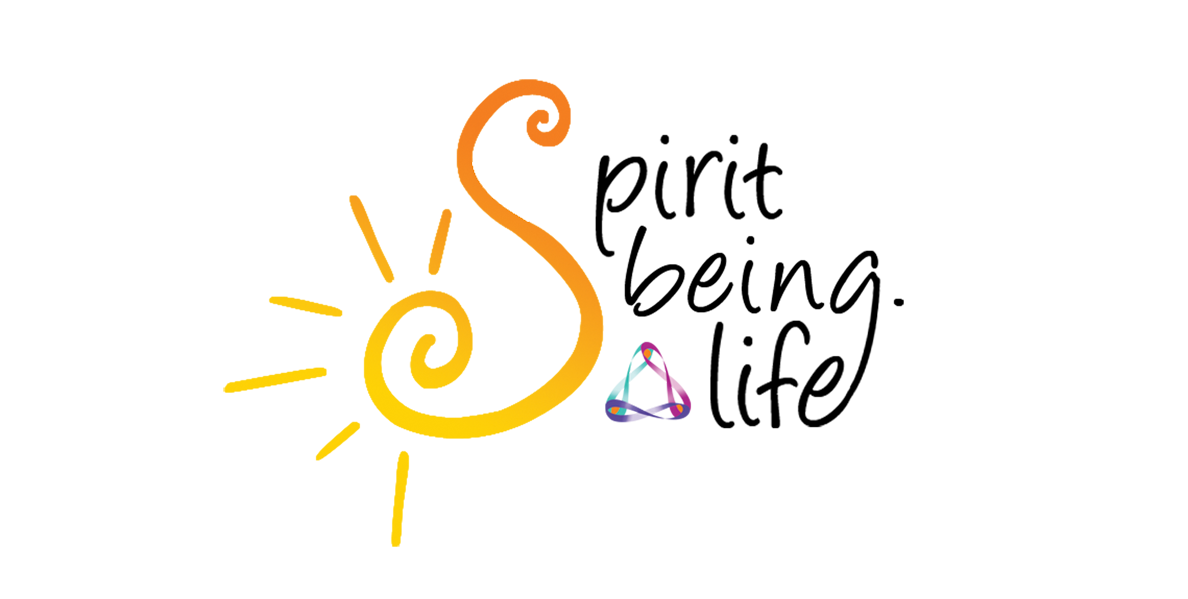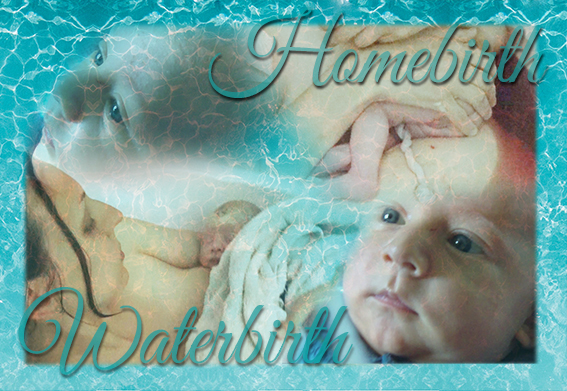The gentle and relaxed way to birth
By Helen
Having a baby can be one of the most memorable and impactful times in your life. Giving birth can bring about mixed emotions – fear and joy rolled into one. It is a time for celebration, as a new life is about to enter the world. Nothing is more important than feeling relaxed and at ease while in labour, with the love and support of family and friends. What better way to do this than in your own environment at home, and in water? This combination is one of the most gentle and relaxing ways to give birth to your baby.
In this article, I will explore aspects of planning and organising a successful home birth. I will also discuss the positive aspects of water and home birthing, and address issues and considerations that an expectant mother may have if choosing this natural method of birthing her child.
Risks, considerations, benefits and planning ahead
The benefits of a water birth
Most people love being in and around water.
There is nothing gentler than bathing, swimming or being in water that is just the right temperature. Swimming at the beach makes it easy to refresh and rejuvenate by dipping into the ocean in the summertime. There is also something about being in a warm bath that naturally eases muscles and eliminates stress from the body after a long day, counteracting the effects of gravity and making the body feel lighter and more relaxed. It is no wonder the elderly love to take exercise classes in the water to increase their health and strength, especially those with bone, muscle, or joint troubles. The buoyancy of the water eases the strain and takes the weight off the body.
So, it makes sense that giving birth in water is beneficial not only for pain management, but also to take the pressure off the body and the muscles. Nothing is more important than being in a relaxed state of being when a mother is about to deliver her child. This is where birthing in water at home, can help to make the journey easier.

Various studies and trials have been undertaken regarding women who have birthed in water. Here are a summarised few:
- A Cochrane review conducted 15 trials between 1990 and 2015 (3663 women) and found that there was a significant reduction in the use of epidural/spinal analgesia amongst women who birthed in water. There was also a reduction in duration of the first stage of labour. 20
- The AABC (American Association of Birth Centers) collected data from their online registries, covering over 15,574 women with low risk pregnancies from 2007 to 2010. They concluded that rates of newborn transfer to a hospital were lower following water birth. Respiratory issues regarding the newborn were lower in water than not in water. There were no incidences of respiratory complications or risk of water being breathed into the lungs. Transfer rates from the birth centre and neonatal procedures were slightly lower for water births in comparison to non-water births. 21
- A survey (Richmond 2003) of 189 women who experienced water birth stated they felt the water was relaxing, therapeutic and provided pain relief. They stated they felt more in control of their environment. 22
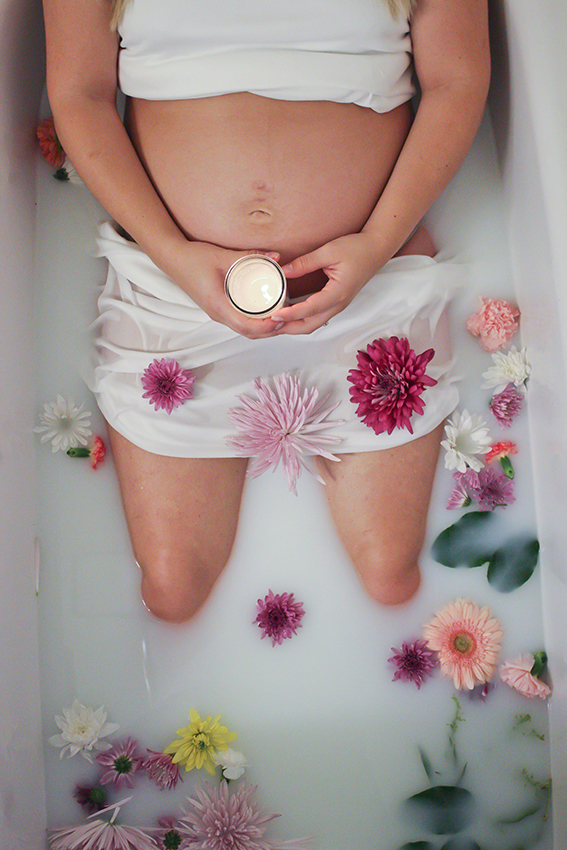
The benefits of a natural home birth
In my experience, having a natural home birth is the most gentle and relaxed way to give birth. Being home means there is less stress than there would be if you had to travel to the hospital and deliver in a hospital environment; being a passenger in the car while being in labour is not fun, especially if the travel distance is far, and hospitals can be very official and regimented – impersonal, intimidating, and uncomfortable – not usually a comfortable and relaxed environment to give birth in.
Although I did plan a home birth for my first, it did not quite pan out as I had expected. I ended up birthing in hospital. I was happy with my experience whilst I was there, but for this to happen I had to be very clear with my midwife beforehand as to what I expected from my birthing experience. She was familiar with the hospital environment and provided a comfortable room with a large bath. She reassured me that it was a private room and I would not be imposed upon by other staff, and that my baby would not leave the room at any time.
Read about my birthing experience in my My Natural Birthing Experiences article.
Having a home birth means you are more in control of your environment and can make decisions with the support of people you trust – people who have you and your baby’s best interests in mind. It is not something that needs to be feared – if you are in good health, are not overly fearful of having a natural home birth, and have support from the people around you. In my experience, there is nothing better than birthing in water. Lying on a hospital bed pales in comparison to the gentleness of warm water in a safe and relaxed environment.
Of course, it’s always best to go with what feels right for you, even if it’s choosing to birth in a hospital environment. If you do choose this route, I believe it is important to make firm decisions about things that you want or do not want, as some authority figures can be very convincing or persuasive to their way of thinking, which may not always suit yours.
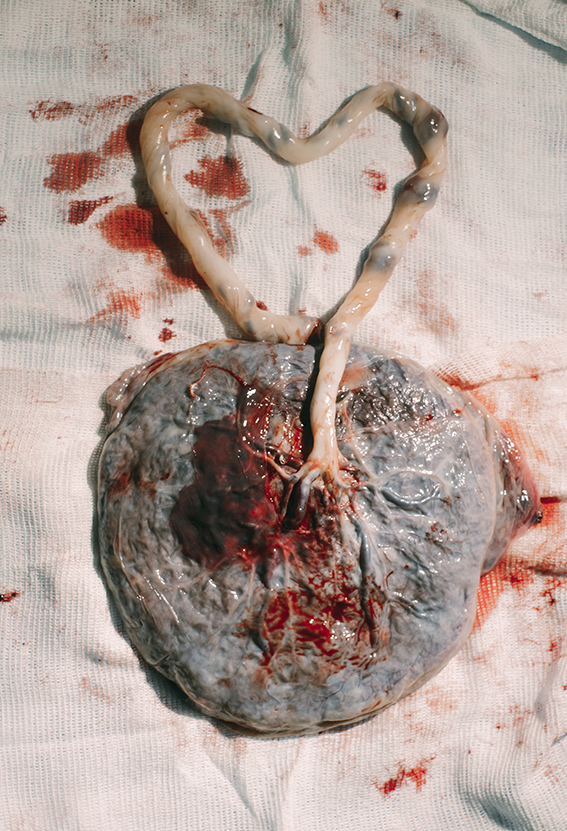
Read about some considerations regarding hospital births in my article titled Risks and Considerations of a Hospital Birth.
The risks and cons of a natural
home birth
No birthing situation comes without risk, including a natural home birth. Some studies I have researched have concluded that home-birthing women (with low risk pregnancies) have either a lower, or the same amount, of risk as a hospital birth.
One large international study, led by McMaster University in 2019, shows that low risk pregnant women who intend to give birth at home have no increased chance of the baby’s perinatal or neonatal death compared to other low risk women who intend to give birth in a hospital. In this study, they used datafrom21 studies published since 1990 comparing home and hospital birth outcomes from 8 countries including Australia and the U.S. The outcomes from over 500,000 home births were compared to a similar number of hospital births. 1
A 2004 Colombian study has shown that a planned home birth attended by a registered midwife was associated with very low and comparable rates of perinatal death and reduced rates of obstetric interventions and other adverse perinatal outcomes compared with planned hospital birth attended by a midwife or physician. 2
Working with a qualified and experienced midwife, and being close to a hospital as back-up, will reduce risks significantly.
A downside to birthing at home is that it is not usually covered by insurance. You will usually have to pay for all expenses, including midwife/doula costs, bath hire and other equipment such as oxygen/hydrogen machines if utilised. You will also have to organise birth certificates* and related paperwork yourself.
Dealing with other people’s judgements (spoken or not) and opinions about home births
I believe the best way to deal with this issue is to seek as much support from midwives/doulas or family members who support your natural birth wishes.
Natural births are usually seen as unorthodox and unusual in the Western world. Society has become conditioned into thinking that this natural process is un-natural – even though women have been birthing naturally for millennia in their natural environment (and still do today in some countries), without the need for hospitals, or sometimes even doctors or midwives.
It is true that in some cases emergency situations do occur and require a doctor’s attention, but in most cases having a natural birth is viable, and you always have the hospital as a ‘back-up’ if required.
There are no doctors around in case of an emergency. What about complications? What if things go wrong?
This is a common train of thought amongst sceptics. But… what if things actually do go well? What if you can have a smooth, easy and relaxed birthing experience? What if it’s not at all scary, as some people think it is?
Could it be true that the corporate world (media, tv, Hollywood movies, etc.) has portrayed the birthing process as a fearful and dangerous experience? Perhaps this has left a lasting impression in people’s minds over time and repetition? The mind is a powerful thing, and thoughts and images do impact and create our reality. What are we creating?
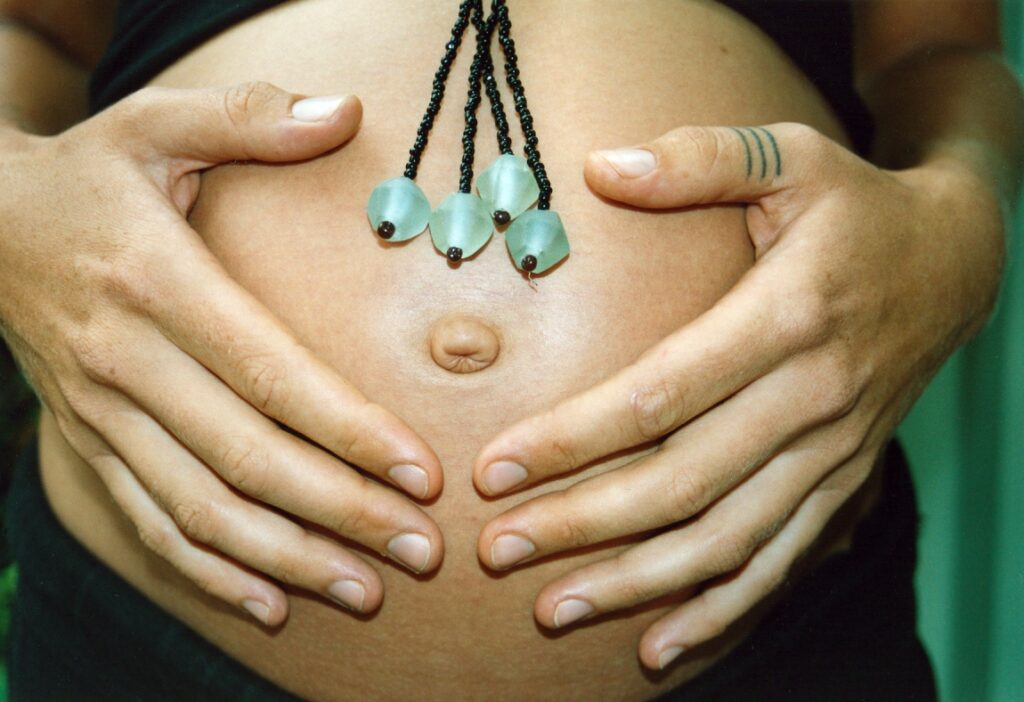
Making your decision
If you still have significant fear or concern regarding a natural home birth and whether it is right for you, it’s best to speak to a good local midwife or doula who has plenty of experience and can recall many of their successful (or not so successful) home birth situations to you. Get in touch with other mums who have gone through the process and have had successful outcomes. Watch videos on Youtube and get used to what a natural birth looks like. Don’t be afraid to ask questions and then make your decision from a place of being well informed. Study all possible birthing options, including birthing centres and hospitals, and choose the one that feels right for you.

Going ahead with a natural
home birth?
Now it’s time to plan for the special day, always well ahead of time. It is especially important to choose a midwife/doula with whom you feel comfortable with – one who is confident in their role and has had plenty of experience – this will help ensure a successful outcome. Of course, it is always better to choose those who live closer to you, though this is not always possible. Be clear about what you expect from your birthing experience and work together with them to achieve this. When you have a clear vision everything will go a lot more smoothly, from the planning stage to the final day.
Prepare your mind
To have a successful birthing experience, it is paramount to expect the best mentally.
It’s natural to have fears, especially as a first time Mum. With all the changes your body is going through; the emotional ups and downs, the feelings of joy and/or anxiety that come with knowing you are going to bring a new person into the world and will be responsible for a new life. Perhaps there are other issues going on in your life that are challenging you emotionally? It is not always smooth sailing, as life generally is not. What is important is that any fears and concerns are talked about with your loved ones. This will help to clear negative energies and stresses that may impede an easy labour and birthing experience. Once you’ve identified and cleared these concerns, you can begin to implant new thoughts of success. Imagine and plan for everything going well: on the day you are in labour you are feeling relaxed, midwives and doulas are supportive and arrive happily on time, you will feel relaxed and comfortable, etc. Keep up these imaginings and you will find a good outcome.
Plan ahead
Plan your labour and everything you will need ahead of time, at least a few months before your due date. Organise your midwife as early as possible, because they will schedule a birth plan for you. This is so important, as it will take the stress out when the moment arrives – especially if you are a few weeks premature. You’ll want to be sure everything is in order.
When it’s time, you’ll want to be as relaxed and comfortable as possible. This will help make the labour go smoothly as you will feel mentally in control, knowing that everything has been organised.
A list of things to plan or think about…
- Which room of the house will I be birthing in?
- Will I need to hire a pool? If so, who will put it together?
- How will the family work together to help me when the time comes?
- Will I organise a job/task for each family member?
- Will the midwife be able to attend the birth even if the labour date is earlier than expected?
- How long will I wait to clamp the cord?
- Have I planned all the equipment I’ll need if breastfeeding? This might include breast pumps, cold packs, nursing pads, etc.
- Have I thought of everything I will need for my homebirth? This might include prepared meals, drinks, clothing for self and for the newborn, sanitary napkins, bins and empty containers (because labour can get messy), extra towels, etc.
- What will I do with the placenta? How will I dispose of it?
- How should I prepare the atmosphere of the room? I could burn essential oils/candles, or play soothing background music.
- What methods will I implement for pain management?
- Will I be using an oxygen or hydrogen machine?
- Do I have all my things ready in case I need to travel to the hospital?

Breastfeeding
The hormone oxytocin is created naturally when mother and child come into close contact and the baby begins to seek the breast. This ‘love’ hormone is essential for expelling the placenta naturally (without needing interventions) in the third and final stage of labour. 18 The release of oxytocin also signals the body to let down milk for the baby.19 What better environment than your own home to allow this love and connection to happen, for a successful outcome in labour?
Learning to breastfeed can take time and patience, and there’s no better place to nurse your baby than in your own bed or in your own living room. You won’t need to rush the process because you won’t need to travel anywhere.
There are a few common hurdles that mothers experience when breastfeeding, especially for first timers. Some of these include sore nipples and breasts feeling sore or engorged, both during and after pregnancy. Keeping a breast pump handy will help to reduce engorgement as it releases some of the milk. Learning how to get the baby to latch on to the nipple correctly will help to avoid soreness. What better place to overcome these hurdles than in your own home? With the support of your own family, or of a midwife or doula who is present or on call, there is nothing you won’t be able to overcome when you are relaxed and comfortable at home.
It’s a good idea to research ways to successfully breastfeed before the time comes. There are many books on the subject, free internet videos, or classes you can take to increase your breastfeeding confidence.
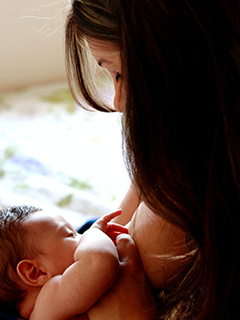
When to clamp the cord?
One of the unique aspects of birthing at home is that you are empowered to make your own decisions. One such decision is when to clamp, and then sever, the umbilical cord. This makes for a very special and memorable moment, especially if the father of the baby or another family member gets to do it.
Following is some further information regarding the benefits of delayed clamping.
The question of when the cord should be clamped has been asked for over 2 centuries. 10
The clamping and cutting the umbilical cord at birth was stated as far back as 1801 by Erasmus Darwin, “Another thing very injurious to the child is the tying and cutting of the navel string too soon, which should always be left till the child has not only repeatedly breathed but till all pulsation (blood-flow) in the cord ceases. As otherwise the child is much weaker than it ought to be, a part of the blood being left in the placenta which ought to have been in the child and at the same time the placenta does not so naturally collapse, and withdraw itself from the sides of the uterus, and is not therefore removed with so much safety and certainty.” 12
Early cord clamping is considered less than a minute waiting time. Any time beyond one minute is considered ‘delayed clamping’. 16 In most maternity units today, the practise of fast cord clamping remain. 17 This means babies miss out on between 80 to 100 millilitres of blood that they would naturally get with delayed clamping. 13
Studies show that delayed clamping have lower rates of anaemia and iron deficiencies as the baby grows. It has also been associated with reduced incidence of respiratory distress and less need for blood transfusion later in life. 11
Another good practise is to hold the baby below the mother’s navel during the first few minutes. This can benefit the babies increase of blood by 32%. This could also lower cases of anaemia. 14
Delayed cord clamping, however, has been associated with jaundice. 16 Jaundice is a yellowing of the skin and eyes due to an underdeveloped liver. Jaundice is not usually a cause for concern and is very common amongst newborns. In most cases it will disappear in 2-3 weeks as the baby develops. 15

Natural pain management
Planning for pain management during labour may be one of the most important things you will prepare for. Utilising natural measures for pain management can strongly contribute to a successful birthing outcome. Especially for first time Mum, the prospect of enduring pain without medications can be both daunting and scary, but medications commonly used in hospitals are not without risks and side effects. Acceptance can also lead to a cascade of interventions, where more and more birth interventions may be required or advised, such as the need for a caesarean section or an instrumental delivery. I have researched this further, in the article titled Risks and Considerations of a Hospital Birth.
It is possible that pain can be managed naturally, and your birthing experience can go smoothly. Like they say, if there’s a will there’s a way. If you are keen enough to labour without drugs, there are a few things that may help when the time comes:
- Deep breathing and relaxation
- Massage and aromatherapy
- Visualising a successful outcome, and staying calm and feeling in control throughout the labour
- Hydrogen/oxygen machine

The importance of oxygen and hydrogen
Hydrogen
Molecular hydrogen, or H2 gas, is a very small neutrally charged molecule that has the ability to cross cell membranes and the blood-brain barrier. 3
Hydrogen is stated to be a powerful antioxidant, is anti-inflammatory, protects organs, reduces muscle fatigue, and may help with reducing pain. Apparently, patients with rheumatoid arthritis have shown a significant decrease in pain by gas inhalation. 4
Oxygen
Without oxygen, there is no life. Every system in our body needs oxygen to function correctly. Oxygen deficiency can result in many health issues such as weak immunity, fatigue, and body weakness, circulatory, digestion and respiratory issues, and muscle pains to name just a few. 5 Oxygen is a source of energy for the body. It stabilises the immune, nervous and digestive systems, and aids in better breathing. 6 There is ongoing debate as to whether supplemental oxygen is required for childbirth. Some say it doesn’t do anything at all. 7 Others say that the addition of oxygen during delivery can be extremely beneficial for both mother and child:
‘Breathing oxygen during deliver can be extremely beneficial. There is a fundamental difference between fetal hemoglobin and adult hemoglobin. Hemoglobin meaning, the oxygen carrying capacity of the blood. Fetal hemoglobin has a greater affinity for oxygen, so when a patient is in labor and they get oxygen; a small amount of oxygen for the mom, means a tremendous amount of oxygen for the baby. That will help the baby deal with the stress and tolerate labor a lot better.’ Anthony Chin, MD 8
Apparently, oxygen deprivation at birth, also known as asphyxia, is a significant risk for babies during the labour and delivery process. This can result from complications such as trauma, problems with the placenta and umbilical cord and excessive medications given to the mother. Oxygen deprivation can develop disabilities in children such as cerebral palsy, autism, attention deficit hyperactivity disorder (ADHD) seizures and behavioural problems. 9
We can begin to understand how important oxygen is for both mother and child. Wouldn’t it make sense that during childbirth, when stress on the body and exertion of energy are at their peak, the mother and child would benefit from additional oxygen and hydrogen?
During labour for my second child, inhaling hydrogen and oxygen was beneficial in relaxing muscles and easing the pain associated with contractions. I have found that continued inhalation can also cause drowsiness.
Please note: due to our site being non-profit, we do not offer recommendations on any specific product. If you are interested in hydrogen/oxygen inhalation, please do your own research to learn more about hydrogen machines and what is currently on the market.
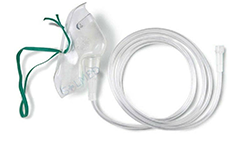
Conclusion
Even though a home birth is no longer considered the cultural norm, this should not be reason for discouragement. If you decide that a natural birth is the right choice for you, your birth outcome can be a successful one. Plan well ahead, get all the support you need, and be determined to make it work. If I can do it, so can you!

Please read our disclaimer for all articles on Spiritbeing.life.
* Note: we don’t endorse birth certificates or any other corporate requirements. Read our article Hidden in Plain Sight to find out why.
1. https://www.sciencedaily.com/releases/2019/08/190807190818.htm
2. https://www.ncbi.nlm.nih.gov/pmc/articles/PMC2742137/
5,6. https://drhealthbenefits.com/pharmacy/chemicals/benefits-of-oxygen
8. https://www.kidsinthehouse.com/pregnancy/preparation/tests-and-procedures/oxygen-during-delivery
10-11,15,16. Iacovidou N, Syggelou A, Xanthos T. (2013). To clamp or not to clamp late? J Pediatr Neonat Individual Med. 2(1):11-14. doi: 10.7363/020104. http://www.jpnim.com/index.php/jpnim/article/viewFile/020104/30
12. https://fn.bmj.com/content/88/4/F346
13,14, 18. https://theconversation.com/are-we-cutting-umbilical-cords-too-soon-after-birth-15420
15. https://www.healthline.com/health/newborn-jaundice
19. https://www.healthline.com/health/love-hormone#fatherhood
20. https://www.cochranelibrary.com/cdsr/doi/10.1002/14651858.CD000111.pub3/abstract
21. https://waterbirth.org/wp-content/uploads/2017/08/AABC-waterbirth-statement.pdf 22. https://pubmed.ncbi.nlm.nih.gov/12677840/
Have you got a birth story to share? We would love to hear from you. Comment below or share your story and images through the contact us page.
Thank you to all photographers and Unsplash for images used in this article including Janko Ferlič, Devon Divine, Luiza Braun and João Paulo de Souza Oliveira.
This article appears in the third edition of Expose Magazine
